#the incantation
Explore tagged Tumblr posts
Text

Félicien Rops (1833-1898) - L'Incantation (The Incantation), 1888
#félicien rops#i'incantation#the incantation#19th century art#art#occult#demon#etching#illustration#decadent movement
518 notes
·
View notes
Text

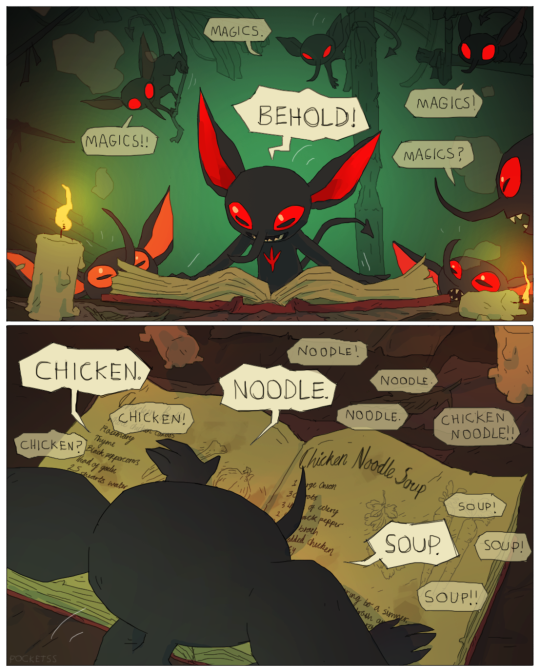
mmm soob
#comics#these guys consider cooking to be a respectable branch of magic#as powerful as any other arcane skillset#yeah man nice divine incantation#check out this beef bourguignon tho
143K notes
·
View notes
Photo








# taking “undressing her with my eyes” to a whole other level
#yes YES i still haven't moved on from the first episode#detective au on the screen. just too good#''is it hot? are you?..'' well rio's barely restraining herself what do you think :]#agatha all along#agathario#aaaedit#tvedit#marveledit#marvelgifs#agatha harkness#rio vidal#kathryn hahn#aubrey plaza#agatha x rio#mcuedit#mine#my gifs#still think teen's incantation just loosened the spell rio was doing the real work <3
7K notes
·
View notes
Photo


why didn't we get to see ford in his evil warlock era
#gravity falls#Ford pines#Stanford pines#journal 3#man was alone in the woods casting cantrips and incantations#one man LARP session going 24/7#tried his darnedest to find a real life version of the spell magic missile then had to settle on 'gun' instead probably#I said this to T already but I'm saying it here too bc I was tickled by it. I'm allowed to reuse my quips 2 seconds after I say them.#don't judge me
6K notes
·
View notes
Text

Die Beschwörung ∆ The Incantation , Ink on Bristol-Board.
#witchcraft#witching hour#dark art#The Incantation#3 witches#The summons#The conjuration#Black & White#monochrome
0 notes
Text

i love the DLC man
#elden ring#miquella the unalloyed#promised consort radahn#I’ve been thinking about how despite all the talk of age of compassion… Miquella’s first spell as a god is an offensive incantation#with a wide af damage radius 💀💀💀#meanwhile Marika who built her age upon violence… her spells are all healing and defense buffs#and her first spell as a God is a little tree that heals a wide area#she was still trying to heal her ppl to the bitter end AND gunning for revenge. there’s a kind of heartbreaking honesty to it#the cruel irony in the DLC story is crazy#really show how badly Miq had strayed from his original path after forsaking Trina#then that meme pops in my head ajshsjhsjhs#now i do think the vow is two-way btw Radahn just got cold feet near the end#the only thing i dont like about the DLC is i cant draw jokes without explaining I LOVE THESE CHARACTERS i think their actions are valid !!#like having to pull up a whole lore presentation slide for this#yes i think it's funny as hell that Miq did show Radahn why he should not fuck around and find out
2K notes
·
View notes
Text

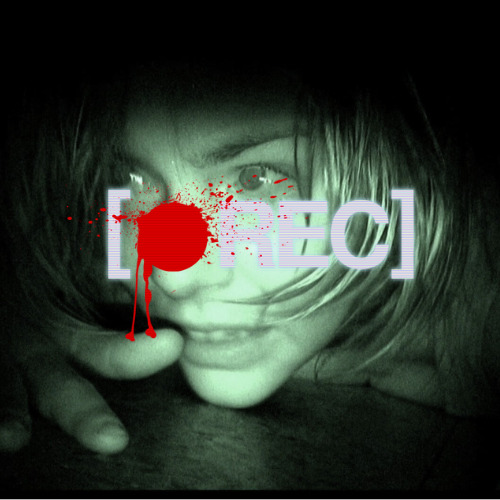





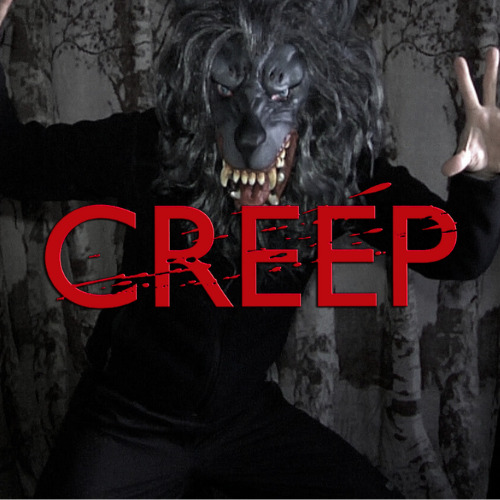
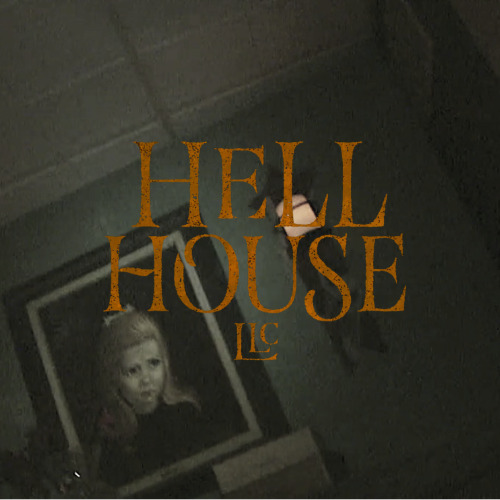

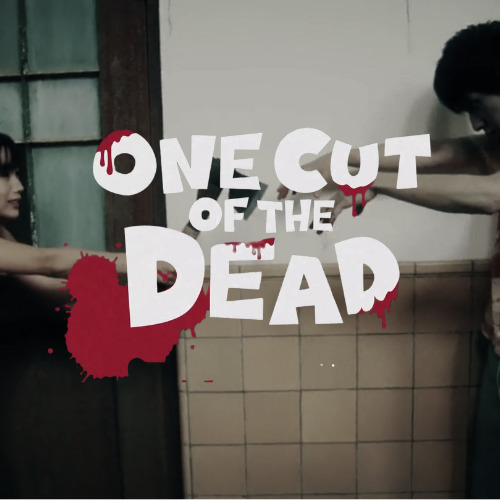

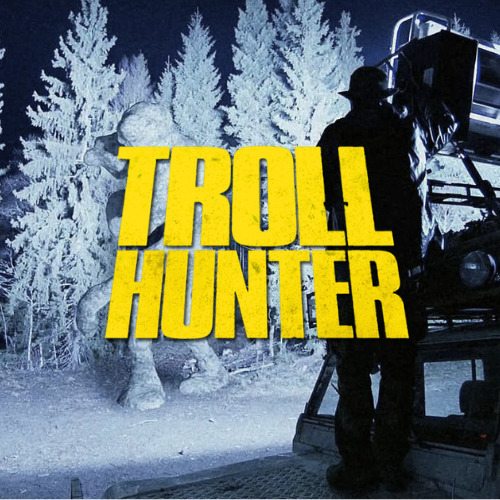

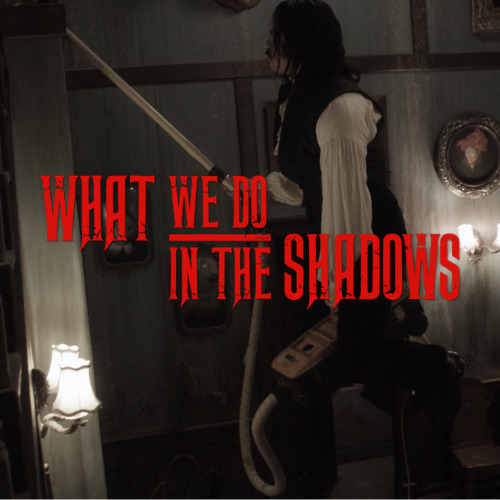

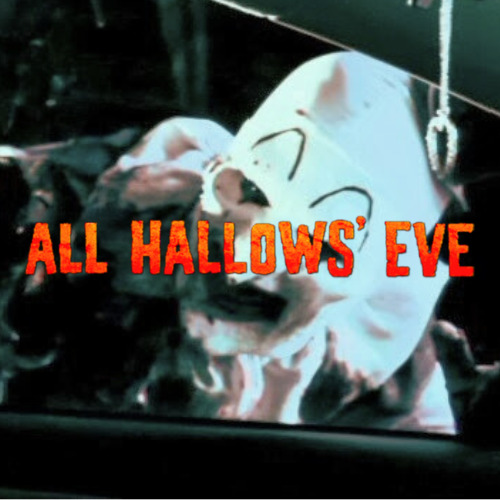
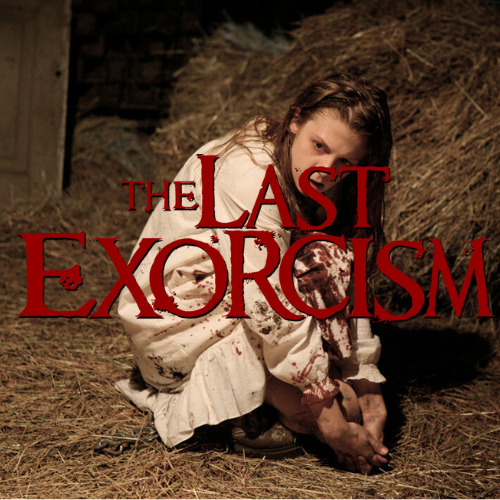


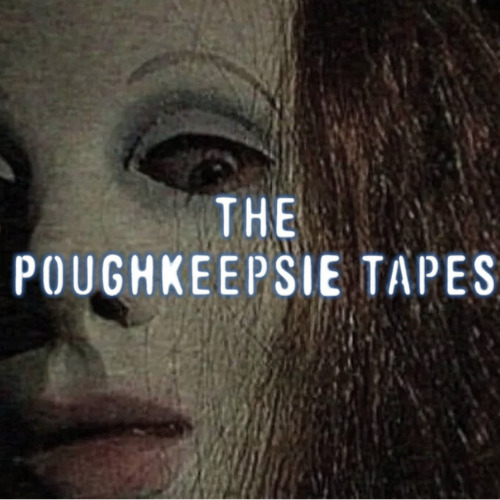

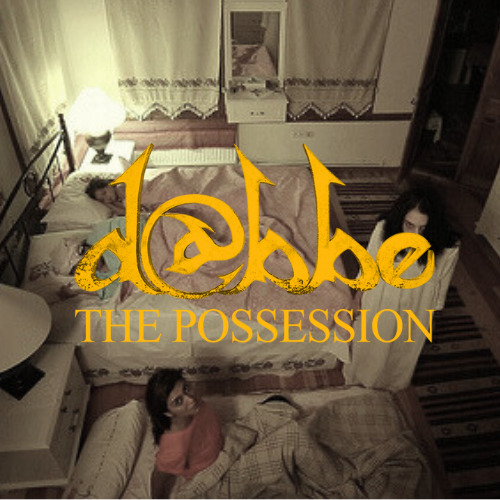
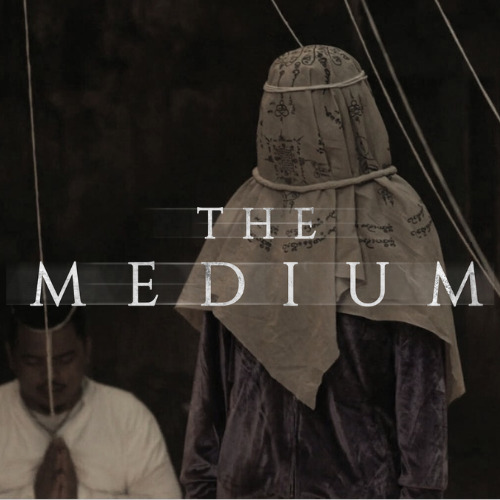
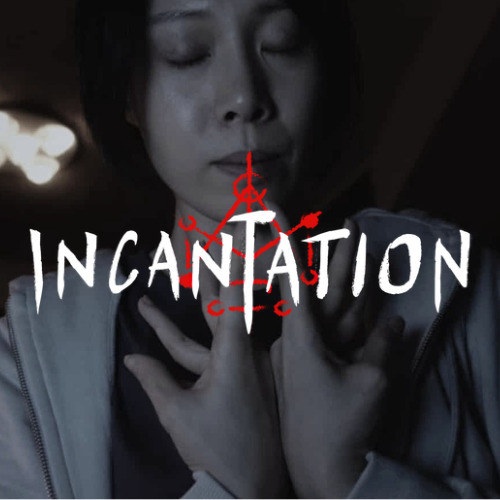
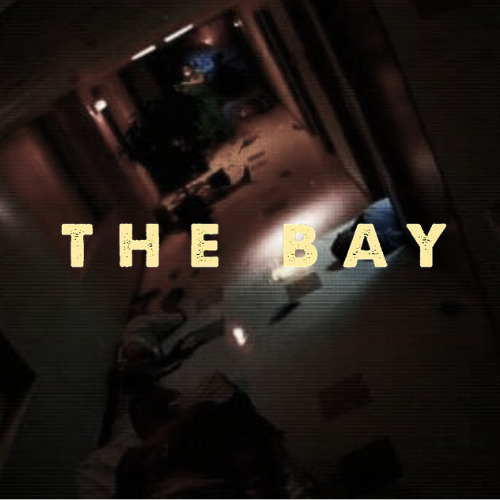
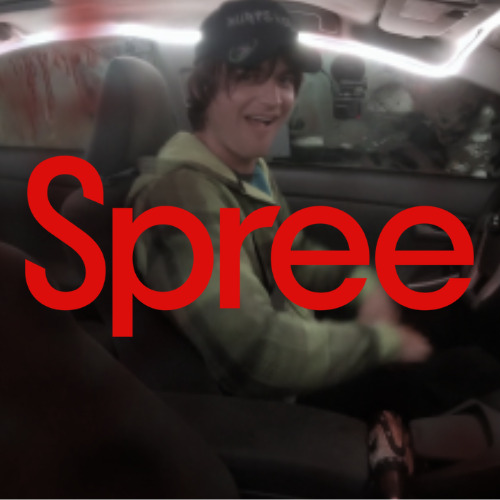

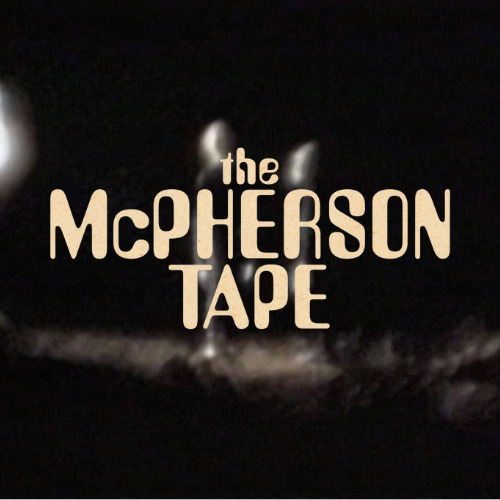
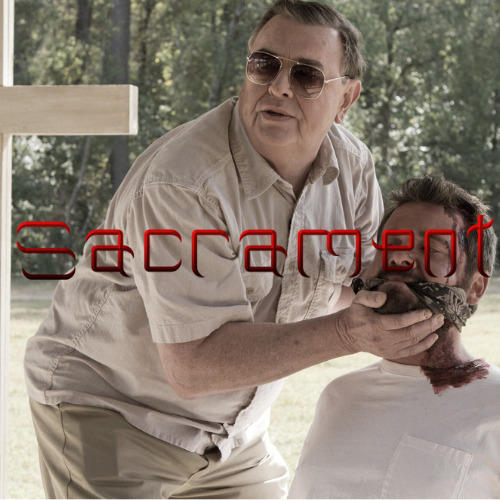
horror sub-genres: found footage
#sorry if i missed some#found footage#horror#horror movies#the blair witch project#rec#paranormal activity#lake mungo#cloverfield#gonjiam haunted asylum#as above so below#creep#hell house llc#noroi the curse#one cut of the dead#the taking of deborah logon#troll hunter#behind the mask: the rise of leslie vernon#what we do in the shadows#ghostwatch#all hallow's eve#the last exorcism#deadstream#host#the poughkeepsie tapes#afflicted#dabbe the posessesion#the medium#incantation#the bay
2K notes
·
View notes
Text
Funniest thing about miraculous ladybug is that Marinettes problem for the episode will be something like “OMG I have to give this important presentation at school AND talk to a pretty boy WHILE fighting a super villain this is gonna be tough 😅” meanwhile adrien is just in the corner like “this morning I woke up at 6:08 instead of 6:00 and so my father withheld his monthly hug :(, hopefully my day as cat noir will go better” and then he gets like turned into like a sentient Lego brick or something
#ITS SI FUNNY#LIKE#THE DISPARITY I GUESS#LIKE INCANT STOP THINKING ABOUT IT#miraculous ladybug#adrien agreste
6K notes
·
View notes
Text
A Guide To Shape-Shifting

Shape-shifting has long captivated the human imagination, holding a prominent place in the realms of witchcraft and the occult. In fact, the myth of the shape-shifting witch can be found in folklore around the world and across multiple cultures, from the British Isles to the Americas to Asia and Africa. Witches were reported to turn into rabbits, cats, deer, mice, owls, ravens, and wolves. Shape-shifting is an intriguing practice that involves altering one's physical form, or at least one's perception and is often associated with mystical abilities and spiritual connections.
What Is Shape-Shifting?
Shape-shifting, in the context of witchcraft refers to the belief and practice of altering one's form or perception through magick and ritual and can take place in the Otherworld or on our current astral plane, depending on the needs of the witch. It encompasses the idea of undergoing a physical or metaphysical transformation, allowing witches to embody different beings, animals, or even objects. Often times this occurs when the witch wears the body of an animal, we know literal transformation is not possible, but it can certainly happen on an energetic or spirit level. This can occur in one of two ways: the witch's spirit transforms into the spirit of an animal or the witch's spirit 'rides' a living animal or external spirit on the physical plane or in the Otherworld. In either case, both are considered shape-shifting and can be used for the same purposes.
Some History
By the 13th century, it was widely believed witches could turn into animals at will. Witches were believed to turn into hares, toads, dogs, cats, and other animals to steal from their neighbors, curse livestock, and otherwise create mischief and mayhem. In many cases, harm done to the animal form caused similar wounds to the human.
In 1649, John Palmer of St. Albans, England confessed to transforming into a toad in order to torment his neighbor. The neighbor reportedly kicked the toad and Palmer complained of sore shins afterward. Similar stories appear in American folklore, including Aunty Greenleaf who was said to take on the form of a white doe to torment her neighbor's livestock. When the doe was shot with three silver bullets, Aunty Greenleaf was said to later die with three silver bullets in her spine.
Of course shape-shifting myths and folklore don't end there. We also have the Navajo skinwalker, the American loup-garou, Korean kumiho, Japanese yokai, the Kitsune, and the Mexican La Lechuza.
Famous incantations come from Isobel Gowdie during the 17th century witch trials. During her confessions, Gowdie named two charms one for transforming into a hare and and one for transforming back into a woman.

To Transform Into A Hare:
"I shall go into a hare
With sorrow and such a meickle care;
And I shall go in the Devil's name
Ay while I come home again."
To Transform Back:
"Hare, hare, God send thee care.
I am in a hare's likeness now,
But I shall be in a woman's likeness even now."
Other witches reported similar shape-shifting incantations as seen below.
To Transform Into A Cat:
"I shall go into a cat,
With sorrow and such a black shat;
And I shall go in the Devil's name,
Ay while I come home again."
To Transform Into A Crow:
"I shall go into a crow,
With sorrow and such a black thraw;
And I shall go in the Devil's name,
Ay while I come home again."
Modern Uses Of Shape-Shifting

In contemporary witchcraft, shape-shifting has taken on metaphorical and symbolic significance. Modern witches utilize shape-shifting as a tool for personal growth, empowerment, and self-discovery. Through the exploration of different archetypes and primal instincts, witches seek to deepen their understanding of themselves and their connection to the natural world, develop a relationship with an animal guide or totem, or even gain new perspectives on a problem. Shape-shifting becomes a means to tap into hidden aspects of the psyche and to embrace transformative experiences. This can take many forms, including calling upon different animal spirits during spellwork, meditating on different animal aspects, working with animal spirits, journaling, ritual dances, etc.
Shape-shifting also shares a deep connection with shamanic journeying and hedge riding, a practice in which the witch traverses the different realms of the Otherworld for spiritual insight and healing. Within hedge riding and othet shamanic traditions, shape-shifting serves as a means to enter other dimensions, communicate with spirits, and tap into their wisdom and attributes. By assuming the form of a particular animal, the shamen can embody ita qualities, accessing unique perspectives and guidance on their journey. An animal form is also taken often as a form of protection during otherworldly travel, as animal spirits are often able to traverse undetected, acting as a form of invisibility, much like Celtic fith-fath incantations. An animal form also allows the witch to travel more quickly and in some cases, access areas previously unreachable, such as high mountain tops, deep within an ocean or lake, or even borrowing underground or into tight spaces.
How To Shape-Shift
Modern witches engage in shape-shifting through various techniques and practices. Visualization exercises play a significant role, where witches create vivid mental images of their desired form or archetype, often coupled with ritual work such as wearing animal skin/bones, dancing, drumming, or incantations. Through meditation, yoy can enter a state of deep focus and receptivity, allowing yourself to embody the essence and qualities of the chosen form. Energy work such as harnessing personal energy or working with elemental forces, can serve as a catalyst for the transformation, although most witches find it easier to use a mask or skin, or use an ointment to prompt the change. Needless to say, there are multiple approaches to shape-shifting and you need to experiment to find which method works best for you. Below are several ways to engage in shape-shifting from both folklore and modern witchcraft.
• Incantations And Charms- This is probably one of the most commonly cited historical ways to shape-shift, with the incantations from Isobel Gowdie and her fellow witches being cited most often. These incantations can be modernized and adapted to turn you into any animal you desire. Since most witches do not incorporate "God" or the Devil in their craft, these titles can be changed to reference deities or the forces you believe in such as Lord/Lady, Horned God, Hekate, Lilith, etc. Pagan musician Damh the Bard does an excellent job of this in his "Fith Fath Song" where he says "I shall go as a wren in spring
With sorrow and sighing on silent wing
And I shall go in our Lady's name
Aye, til I come home again
Then we shall follow as falcons grey
And hunt thee cruelly for our prey
And we shall go in our Horned God's name
Aye to fetch thee home again
Then I shall go as a mouse in May
Through fields by night and in cellars by day
And I shall go in our Lady's name
Aye til I come home again
Then we shall follow as black tom cats
And hunt through the fields and the vats
And we shall go in our Horned God's name
Aye to fetch thee home again... "
Of course writing your own incantations works just as well, if not better, than using others' words.

• Wearing Animal Skins, Bones, Or Masks- Apart from incantations, many witches engage in shape-shifting by animal skins, bones, or masks to encourage a transformation. This is often coupled with ritual dancing and drumming until an altered state of consciousness is reached. In Call of the Horned Piper, Nigel Jackson describes such a ritual. In order to shape-shift, the initiate would undergo a symbolic death by undressing and crossing a lake or other body of water. Upon arriving on the other side they would don a wolf skin or belt and enter into an altered state of consciousness to "be projected forth into the form of a wolf". This same practice can be replicated with any animal pelt, bone, or mask, using a cold shower as the bridge to 'death' should you not have access to a river or lake and privacy.
• Trance, Meditation, and Visualization- Reaching an altered state of consciousness coupled with one or both of the aforementioned methods is the key to actual transformation. Reaching an altered state of consciousness can be done in a variety of ways, including ritual dancing, drumming, humming, consuming psychoactive plants, or using ointments. The methods used are essentially the same as hedge-riding, however the goal of reaching the trance state is to shape-shift. With that intention firmly in your mind, you can visualize yourself shifting into your animal form, your consciousness slowly becoming that of an animal. You may find walking/crawling on all fours, growling, hissing, or otherwise behaving like the animal aids in this transformation. Become the animal you wish to transfrom into.
If you are looking to shape-shift while hedge-riding, visualizing the shift, reciting an incantation, and donning your animal garb within the Otherworld will also work. Unlike on our plane, you won't need to shift your consciousness again, as that has already occurred. While you don't necessarily need anything physical to do this, having real animal remains or a mask on your person prior to hedge-riding will greatly aid you in your work on the astral plane.
When first starting out, start small, shape-shifting for very short periods of time. Experiment with a variety of methods, combining them into a ritual that works for you.
Shape-Shifting Safety
There are dangers to shape-shifting into an animal form. This includes not being able to return to your body because tou have forgotten you're human, forgetting which realm you belong to, being captured, injured, or killed within the Otherworld or while riding a live animal. There are many tales of witches traversing the world as an animal and being injured only for the same wounds to appear on the witch's human form. These injuries sometimes resulted in the death of the witch, so be mindful of hazards while shape-shifting.

What You Can Do To Protect Yourself
1. Set clear and firm boundaries and time limits for travel. Setting an alarm or using a musical cue can help pull you back from a trance.
2. Have a spotter who can help rouse you should you not come back when originally planned.
3. Have a safe word or incantation that when spoken pulls your spirit into your body.
4. Use a red witch's thread tied around your finger or arm to anchor your spirit to your physical body. If you get lost, follow the thread back to your body.
5. Carry or wear protective charms that will prevent your spirit from being stolen or harmed while in the Otherworld. Your familiar or household pet can also act as a protector of your body, sitting on or near you during shape-shifting to ensure nothing else tries to inhabit your body.
6. When you are finished, make sure you are completely grounded in your human body.

Shape-shifting in witchcraft remains an enigmatic and alluring practice, intertwining myth, history, and contemporary spirituality. It offers a gateway to explore the depths of our own selves, connect with the primal forces of nature, and embark on transformative journeys of self-discovery. Whether through the exploration of archetypes, communion with spirits, or embracing the hidden aspects of our being, shape-shifting provides a mystical transformation that resonates with the essence of true witchcraft.
#witch#witchcraft#magick#shaman#hedgewitch#astral projection#shape shifter#shapeshifter#lefthandpath#satanic witch#dark#eclectic#pagan#celtic#witchblr#witch community#spell work#spellwork#ritual#incantation#enchantment#glamour magick#spirit#spirit work#spiritual journey
438 notes
·
View notes
Note
Pls m’am 🤲🏻 spare more Nyoka pls i am ever so hungry
if you’re so hungry then bite him

#my art#twstposting#nyoka wadjet#twst oc#do it coward /j#its not cleaned up im sorry ☝️😞#MINOR SPELLING MISTAKE 🔥🦔….#pov you annoyed the ancient incantations tutor. …oddberry. if that even is your real name
426 notes
·
View notes
Text

MIYAZAKI! GIVE ME MORGOTTS HOLY WEAPONS! AND MY LIFE IS YOURS!
#elden ring#elden ring fanart#morgott the omen king#art#my art#shitpost#disclaimer: you cant. like. god forbids you to#missed opportunity when we don’t have this as an incantation#IT WOULD BE SO COOL THAT ALL IT MATTERS
571 notes
·
View notes
Text

Félicien Rops (1833-1898) - L'Incantation (The Incantation), 1888
#félicien rops#i'incantation#the incantation#19th century art#occult#demon#art#illustration#painting#decadent movement
195 notes
·
View notes
Text

Incantation by John Dixon, after John Hamilton Mortimer
British, 1773
mezzotint on laid paper
National Gallery of Art, Washington, D.C.
#incantation#witch#John Dixon#John Hamilton Mortimer#romanticism#mezzotint#works on paper#print#National Gallery of Art#NGA DC#art#British
296 notes
·
View notes
Text
Book Review: The Witch's Art of Incantation, 2nd ed. by Roger J. Horne

10/10, I'd buy again for what it is: but you should know what it is before you buy it
This is a review of the second edition, which is about 100 pages longer than the original and contains 55 additional incantations.
What's it about?
This is a book of translated and edited historical and folk incantations to be used in syncretic folk witchcraft or any form of witchcraft. These incantations are grouped into 9 categories:
Seeking the Old Ones
Calling to the Green World
Love and Spurned Love
Coinage and Prosperity
Curses and Maledictions
Spirit Flight and Second Sight
Blessings and Benedictions
Heretical Psalmistry
Miscellaneous latinate charms
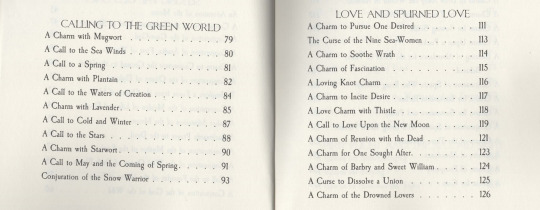
Besides a brief introduction, the book is just incantations.
It's not a spellbook. It doesn't tell you to collect candles or herbs, or what day of the week to work them on, or the moon phase, or whatever. Just as it says on the tin, it's a book of incantations.
However, Horne does have a very handy section at the beginning called Approaches to the Art of Incantation.
Here he describes methods and techniques to help empower incantations (I recommend not skipping it), a framework for understanding the power of words, and folk magic actions that may be combined with incantations, such as the burning of candles with pins stuck in, or speaking over poppets.
If you've skipped Folk Witchcraft, definitely check out this section.
(As Horne explains in the introduction, the first ed. of this book was a companion book to his other text, Folk Witchcraft. Apparently, Folk Witchcraft provided a great deal of context and lore surrounding the use of the incantations themselves.
The second ed. has been developed into a standalone text, but Horne still recommends looking to Folk Witchcraft if you want more context.)
Where do these incantations come from?
Horne makes it clear that he primarily sourced incantations from Europe and America (primarily Appalachia) not because they're particularly better in any way, but because these are the areas his ancestors and practice stem from. He makes an outspoken statement against any perceived Eurocentric authority, and warns people to not take his area of focus to mean there is more power within those cultures than within others.
That being given, these incantations are sourced historically from at least the first century onward, from a wide variety of sources, including Greco-Roman, Irish, Scottish, Cornish, Welsh, French, German, Appalachian, Icelandic, and more.
When possible, Horne notes where the incantation originated from, and in what manner he edited it.
All of these incantations have been edited for use by the modern reader; they are Horne's original adaptations. This is not a historical reference.
An example?
To give you an idea of the contents, this is one of the shorter incantations in the book, "A Call to Fire."
A Call to Fire Fire untamed, lustrous, and bright, power behind the sun, moon and every star. Aetherial fire, source of life, most splendid flower, heat-bringer, light-bringer, hear me, radiant fire. [Origin: 3 BC - 1 AD. Greco-Roman. Adapted and rearranged with poetic license after The Hymns of Orpheus. pg. 100.]
This incantation may be used to charm offering candles, to consecrate sacred fires, to call forth salamanders or fire elementals, to honor a god or spirit of fire, and so forth - the application is up to you.
Is the variety solid? Are they versatile enough for use even if you don't consider yourself to be a folk witch?
A big reason I recommend this book so highly isn't just because it's handy for me, but because I think it is very versatile.
The variety of what's presented is exceptional; there are charms to hail the seasons and the moons, the Old Ones and plant allies, to cure grief and wrath, to call a lover, to steal wealth, to conjure all varieties of helpful spirits, to reveal a thief, to hag-ride, to skin-change, to induce second-sight, to charm your cards for better readings, and I could go on and on.
In addition, because Horne sources everything where he can, it's a wealth to look not only at his adaptations but compare the charms to the historical originals, and thereby gain inspiration for developing your own incantations.
The best part for me is that they're all usable. It's not a spellbook where you can't get some ingredients so you can't use some spells. They're incantations that you pair with whatever spell elements you want to include, including just using them on their own.
But are they sexy? Will I feel like I'm living deliciously?
Yes. You will feel like you are living deliciously. You will feel like ye olde wytche who feeds blood and honey to their familiar, and steals the potency of men at night as you roam in your second skin; you will believe you may only be harmed with a silver bullet when you take the form of a hare to rob milk from cows.
Real quick, what's up with those 'heretical psalms' and latinate charms?
The last (and smallest) portion of the book more heavily leans into syncreticism. Horne's attitude in the book is that folk witchcraft is by practicality and oftentimes necessity a syncretic one, and that witches use what's on hand in order to get the job done. He references the importance of the influence of the Church on modern cunning traditions, including both the adoption of psalms and also of latinate language.
Twenty-three psalms are printed in the book along with recommended magical uses, along with a list of the magical uses of psalms (which you'd have to look up yourself).
Finally, Horne has a fifteen incantations in Latin. Or, latinate, as he keeps clarifying. He hasn't taken charms and translated them into Latin, rather he's edited historical folk charms that were recited in liturgical Latin by the people who used them - again emphasizing syncreticism in folk magic.
If you're not into Christian syncreticism, I doubt this section would be of use to you. This section constitutes 80 total pages out of 319, or about a quarter of the book. Personally I'd still get it for the more pagan incantations even if I didn't want the more syncretic ones, but it's certainly not to everyone's tastes.
(Be advised that there is a lot of Scottish folk magic in this book, plenty of which calls on Mary as divine authority. Obviously you can change the incantations as you please, but if you're allergic to these things, be aware they are peppered throughout the text.)
Chicken, who would you personally recommend this book to?
I would recommend this book to a practitioner who is:
Ready to start seriously investing in their personal repertoire of spells
Confident enough to experiment with spellcrafting
Sick and tired of spellbooks that recommend inaccessible ingredients, and just want building blocks to make their own full-format spells
Wanting a resource that helps with getting practical magic done within their current paradigm, without having to adopt a lot of new ritual aspects or theories
Looking for inspiration to expand their current practice without having to restart their practice
Looking for resources on Christian or heretical witchcraft
Anyone seeking resources on the power of words in practical sorcery
I'm a pagan, not a witch, and I love hymns and incantations. Would I like it?
To be honest, I doubt it.
Yes, the book starts with incantations to the Old Ones, who are ostensibly gods; but anyone with an eye to see can tell that the incantations all either relate to the Devil or the Queen of Witches. Also, one for Fenris ("darkling wolf") and one for the Sun.
Like 5 of the incantations may clearly be associated with Greek gods, but those gods are not named and the association appears to be selected based on their relevance to witchcraft.
A vast majority of all incantations in the book are related to spellwork and conjuring nature spirits. These incantations were designed for use in magic, which includes calling spirits and compelling action; not so much veneration or worship.
Readability and Accessibility
The physical quality of the book is disappointing. And that's not the author's fault and has no bearing on the actual contents, but right out of the box I was afraid the poor thing was going to fall apart. However it was cheap as hell so I have nothing to complain about, this thing was like $15 for a paperback. It has the quality you would expect from such a cheap purchase.
The text is sort of an artsy one? It's a serif font that's not too out there, but it's smaller than I was expecting, and my eyes don't love it. You will have to find your reading glasses for this one. All his books I bought are published in this typeface so I assume it's a choice.
Horne loves big paragraphs and long sentences. I find his writing style to be clear and easy to follow, but it's not a lower grade reading level. You may expect a maximum of two paragraphs per page in the prose portions.
The incantations themselves are broken up into much more manageable parts, always containing no more than 2 lines per paragraph break.
I believe Horne did this on purpose to compel the reader to find their own cadence in the incantations. But, it has the added effect of contributing to readability. The way each incantation is split up makes it very easy to follow and not lose your place.
6/10 for physical manufacture; I really wish the typeface was less artsy and more standard, but I could still read it through, especially once I got used to it.
#book review#witchblr#witch community#the witch's art of incantation#roger j horne#long#long text#witchcraft#witch books#windvexer book review
181 notes
·
View notes
Text
“kill them with kindness” WRONG. you who watch and know and understand none, you who listen and hear and will not comprehend, you who wait and wait and drink in all that is not yours by right. come to us in your wholeness. come to us in your perfection. bring all that is fear and all that is terror and all that is the awful dread and crawls and chokes and blinds and falls and twists and leaves and hides and weaves and burns and hunts and rips and bleeds and DIES! come to us! I OPEN THE DOOR!!!!!!
1K notes
·
View notes
Text



mom vs dad incantation class
(also no thought… just Marika with her little daughters)
#elden ring#queen marika the eternal#melina#malenia blade of miquella#radagon of the golden order#miquella the unalloyed#albi’s art#idk about you guys but seeing the Light of Miquella and Multilayered Ring of Light incantation in the DLC truly validates#my ??? at Radagon exchanging offensive spells with his kid in the base game while everyone keeps saying it’s harmless frisbee fun 😭#why are you teaching kids spell like that then it balloons into the ones in the DLC 😭#what’s even funnier is the Heal From Afar spell does kinda act like those rings of light but it’s healing spell so maybe Marika does look a#those two throwing projectiles everywhere around the house and kinda develop her own heal spell like that too
1K notes
·
View notes